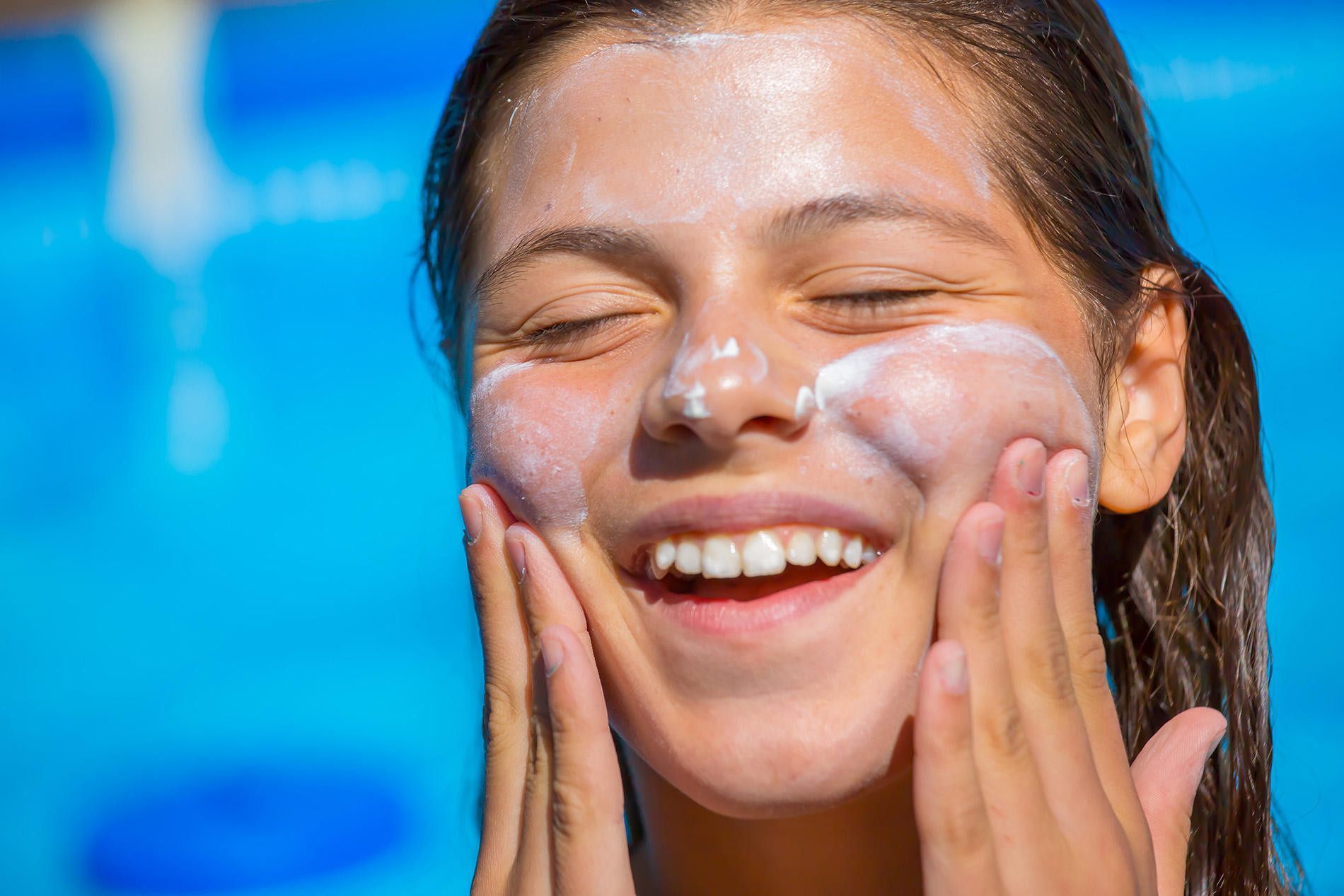by Ryan A. Walters, MD, Lexington Family Practice Lexington
Are you trying to decide between mineral and chemical sunscreen? Both types of sunscreen offer protection against the sun's ultraviolet (UV) rays, but they work differently and have distinct characteristics. Here's a comparison to help you make the best choice for your skin.
Mineral sunscreens use physical blockers like zinc oxide and titanium dioxide for a barrier on the skin's surface and reflect UV rays away from the skin. Chemical sunscreens contain organic compounds that absorb UV rays and convert them into heat, then released from the skin.
Most chemical sunscreens contain at least one of the following active ingredients: oxybenzone, octinoxate, cinoxate, dioxybenzone, ensulizole, homosalate, meradimate, octisalate, octocrylene, padimate O, sulisobenzone, and avobenzone.
Mineral sunscreens create a physical barrier on the skin from the sun and are effective immediately after application. Chemical sunscreens require some time (usually around 15-30 minutes) to be absorbed by the skin and become effective.
Mineral sunscreen typically provides broad-spectrum protection against both UVA and UVB rays. While UVA rays cause skin aging and UVB rays cause sunburn, both can cause skin cancers. Most chemical sunscreens also offer broad-spectrum protection, but it can vary depending on the specific active ingredients used. Look for one labeled “broad spectrum” to ensure UVA and UVB protection.
Mineral sunscreens are often considered better for sensitive skin because they are less likely to cause irritation or allergic reactions. Some individuals with sensitive skin may experience irritation or sensitivity to certain chemical sunscreen ingredients. Chemical sunscreens can even worsen existing skin conditions like melasma (brown patches on the face, forearms, and neck) and rosacea (red patches and small pimples on the cheeks, nose, and forehead).
Because they aren’t absorbed by the skin, mineral sunscreens can leave a white film on the skin. Look for one that’s tinted to avoid the white appearance. Chemical sunscreens are absorbed by the skin so are usually transparent on the skin and don't leave a white residue.
Some mineral sunscreens can be less water-resistant than chemical sunscreens, especially if they’re not formulated with water-resistant agents. Because they’re absorbed into the skin, chemical sunscreens may offer better water resistance, making them suitable for swimming or intense workouts.
Mineral sunscreens don't contain chemicals that may harm coral reefs or other marine life so they’re safer for the environment. Certain chemical sunscreen ingredients, such as oxybenzone and octinoxate, may harm coral reefs. If you choose chemical sunscreen, look for one labeled “reef-safe.”
To sum up, mineral and chemical sunscreens can both protect your skin from the sun's damaging rays. The choice between the two comes down to your skin type, personal preferences, and environmental considerations. If you have sensitive skin or are worried about the environment, mineral sunscreens may be the way to go. Remember to reapply sunscreen regularly, no matter which type you choose, for continued protection. Also, limit time in the sun between 10 a.m. and 2 p.m. when the sun’s rays are strongest.







Leave a comment